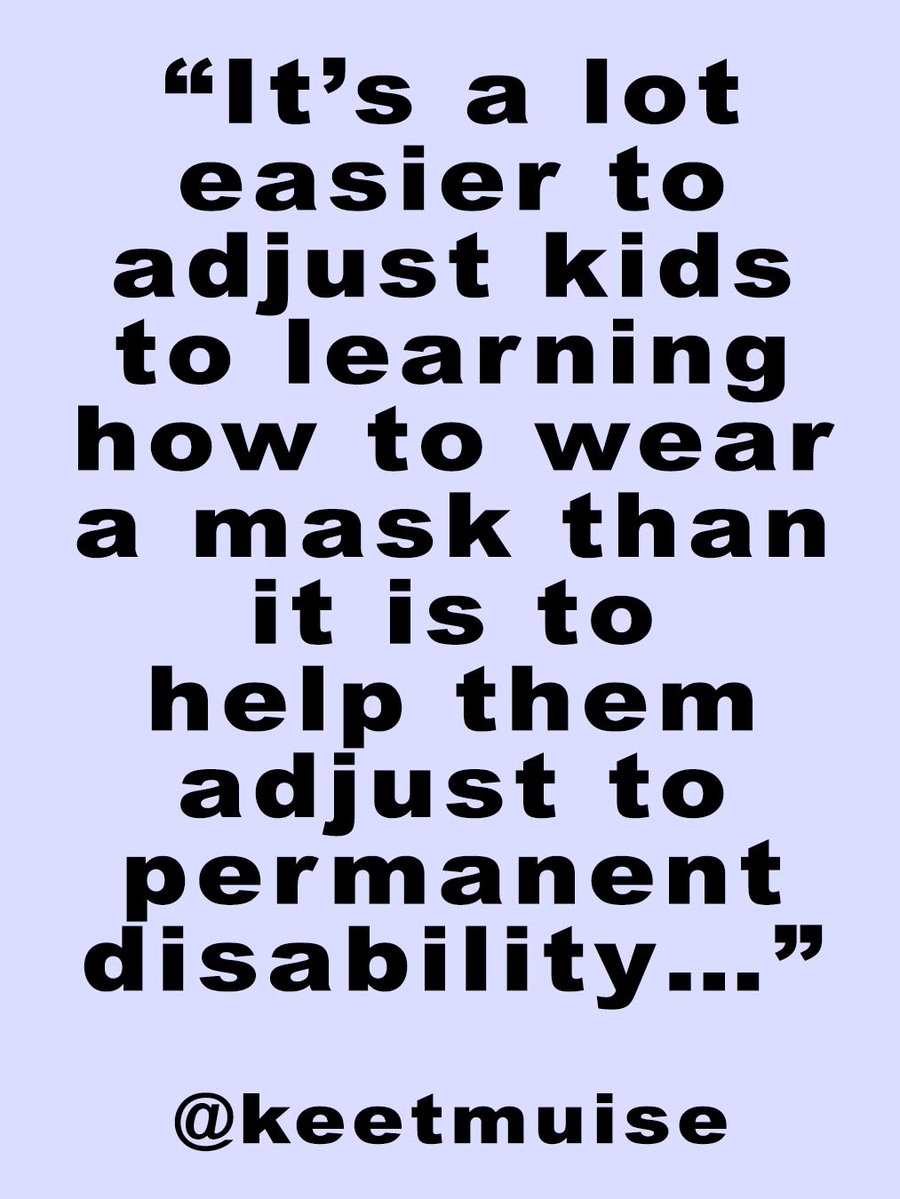1/
Following the thread on the cumulative risk of Long COVID in children after reinfection, let's look at a new study on vaccination and adults. The evidence is overwhelmingly clear: vaccination is protective. #VaccinesWork #PublicHealth
Following the thread on the cumulative risk of Long COVID in children after reinfection, let's look at a new study on vaccination and adults. The evidence is overwhelmingly clear: vaccination is protective. #VaccinesWork #PublicHealth

2/
A massive Swedish nationwide study (Sahlgrenska Academy, European Heart Journal) of over 8 million adults confirms that full COVID-19 vaccination significantly reduces the risk of severe cardiovascular conditions linked to the infection.
A massive Swedish nationwide study (Sahlgrenska Academy, European Heart Journal) of over 8 million adults confirms that full COVID-19 vaccination significantly reduces the risk of severe cardiovascular conditions linked to the infection.

3/
📉 VACCINES REDUCE SEVERE RISKS:
After full vaccination (especially the 3rd dose), the risk of severe cardiovascular events—including heart attack, stroke, and heart failure—was generally 20-30% lower compared to the unvaccinated.
📉 VACCINES REDUCE SEVERE RISKS:
After full vaccination (especially the 3rd dose), the risk of severe cardiovascular events—including heart attack, stroke, and heart failure—was generally 20-30% lower compared to the unvaccinated.

4/
Yes, the study reaffirms the rare, temporary risk of myocarditis/pericarditis after a single mRNA dose. However the research shows that increases in cardiovascular risk are temporary and do not involve severe disease.
The conclusion is undeniable:
Yes, the study reaffirms the rare, temporary risk of myocarditis/pericarditis after a single mRNA dose. However the research shows that increases in cardiovascular risk are temporary and do not involve severe disease.
The conclusion is undeniable:

5/
Full vaccination offers substantial protection against the most dangerous outcomes of COVID-19.
This is critical context, as the previous thread showed that reinfection increases the severe, multi-system risk for children (including cardiac issues).
🤦🏻 A Public Health
Full vaccination offers substantial protection against the most dangerous outcomes of COVID-19.
This is critical context, as the previous thread showed that reinfection increases the severe, multi-system risk for children (including cardiac issues).
🤦🏻 A Public Health

6/
Contradiction: Given this robust evidence for broad protection against severe outcomes, how can Sweden's CDC (FHM) recommend vaccination ONLY for those aged 75+ (and select risk groups)?
This data suggests the protective benefits extend to the entire adult population.
Contradiction: Given this robust evidence for broad protection against severe outcomes, how can Sweden's CDC (FHM) recommend vaccination ONLY for those aged 75+ (and select risk groups)?
This data suggests the protective benefits extend to the entire adult population.

7/
The goal must be to reduce the overall burden of severe disease and Long COVID (PASC) for all age groups, children and adults alike. Science supports protection. The current strategy does not align with the evidence. We must demand a better health policy for everyone!
#FHM
The goal must be to reduce the overall burden of severe disease and Long COVID (PASC) for all age groups, children and adults alike. Science supports protection. The current strategy does not align with the evidence. We must demand a better health policy for everyone!
#FHM

/8
#Vaxxed #LongCOVID #DemandBetter
H/T @scott_squires for picture collection.
H/T @lady_bourg for proof reading.
gu.se/en/news/reduce…
#Vaxxed #LongCOVID #DemandBetter
H/T @scott_squires for picture collection.
H/T @lady_bourg for proof reading.
gu.se/en/news/reduce…
@Forlorn_Fimbul This is equivalent to roughly six lives saved every minute over the past 50 years.
Most of the lives saved are infants and children under the age of five (about 95%).
The measles vaccine has had the most significant impact, accounting for the
Most of the lives saved are infants and children under the age of five (about 95%).
The measles vaccine has had the most significant impact, accounting for the
@Forlorn_Fimbul largest proportion of prevented deaths.
In addition to these figures, vaccines have had a huge impact during the COVID-19 pandemic, when they saved tens of millions of lives globally in the first year of vaccination alone.
In addition to these figures, vaccines have had a huge impact during the COVID-19 pandemic, when they saved tens of millions of lives globally in the first year of vaccination alone.
• • •
Missing some Tweet in this thread? You can try to
force a refresh






















